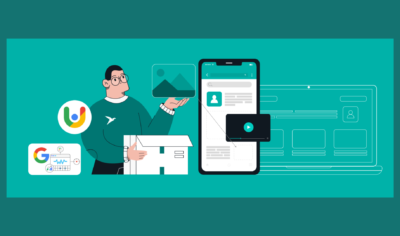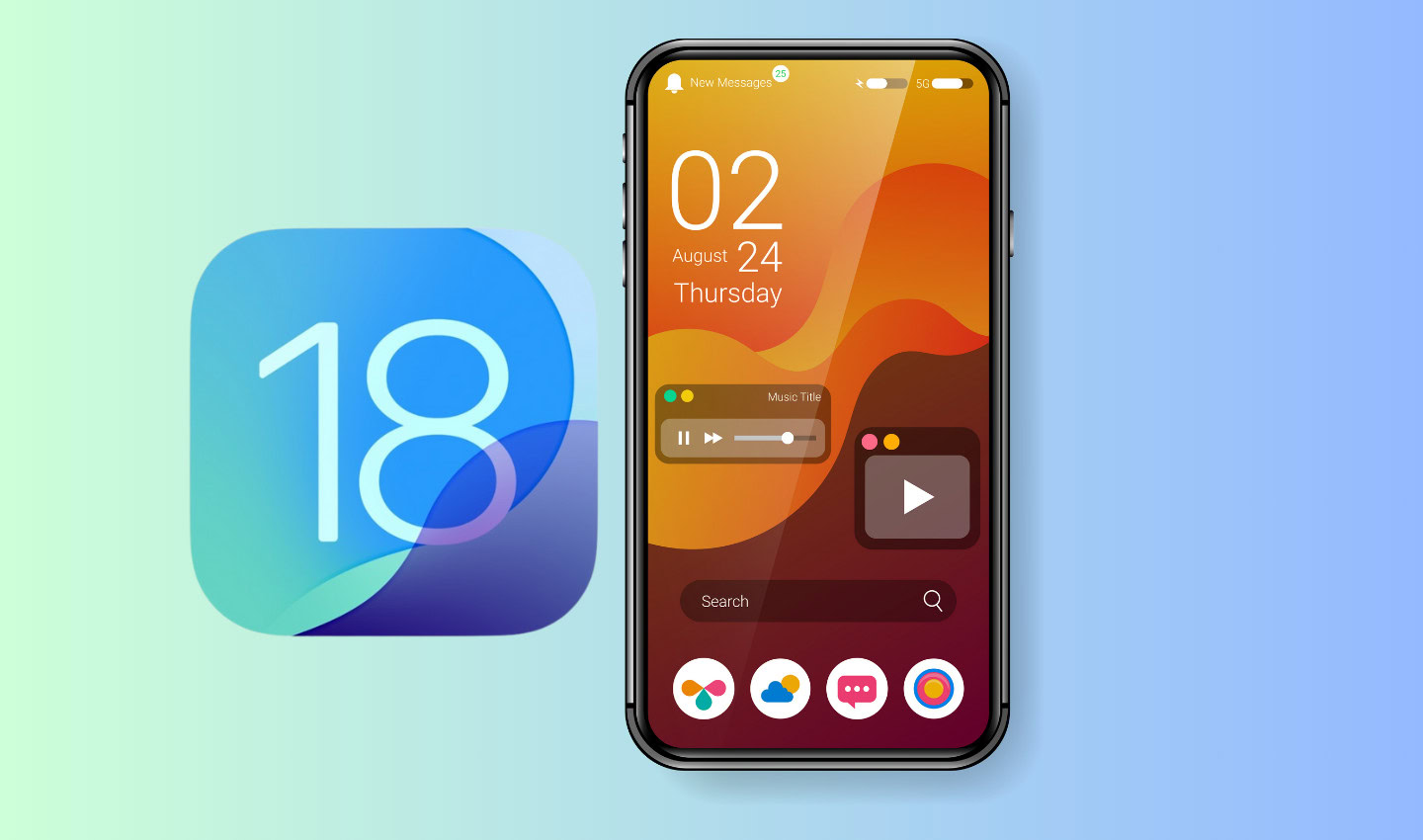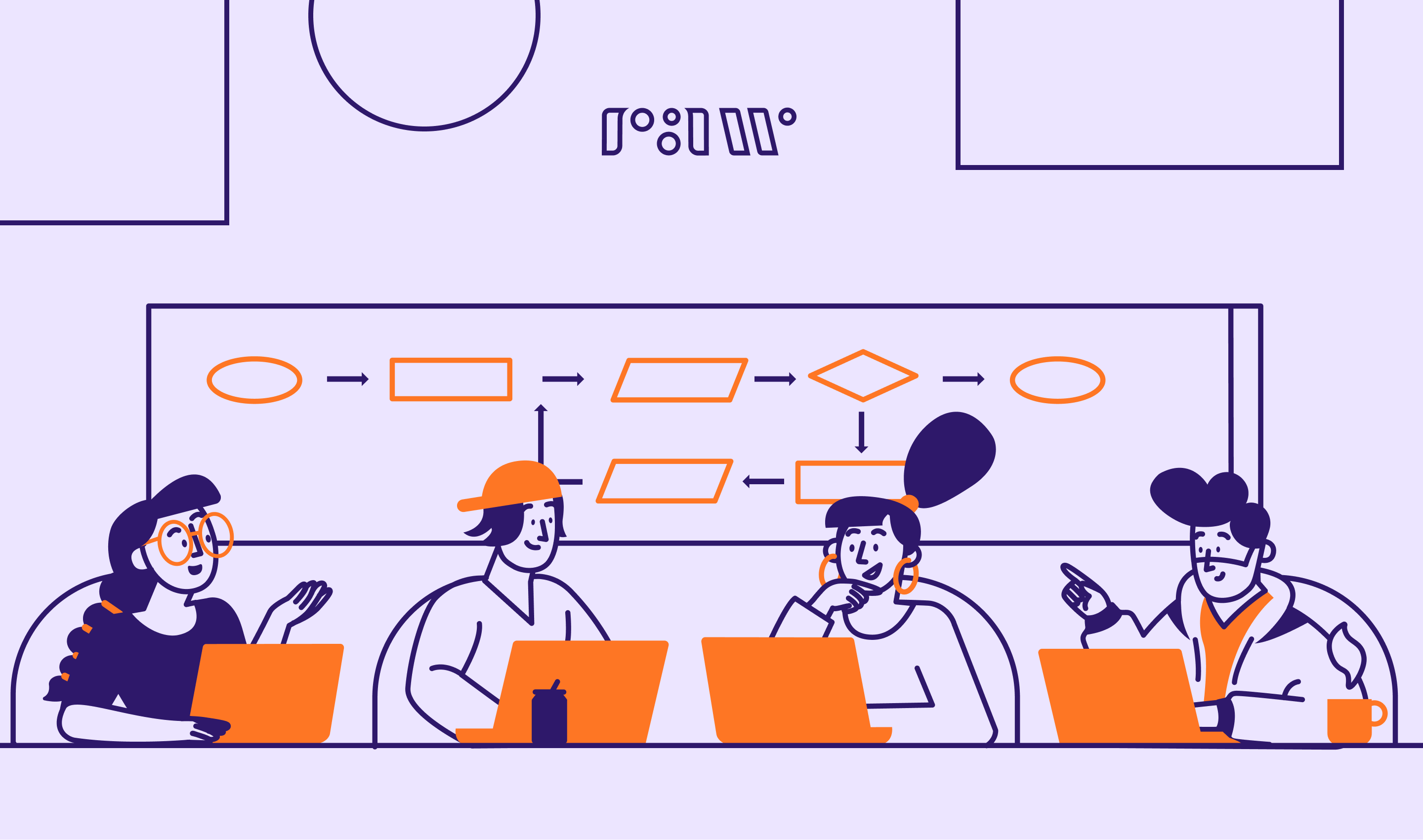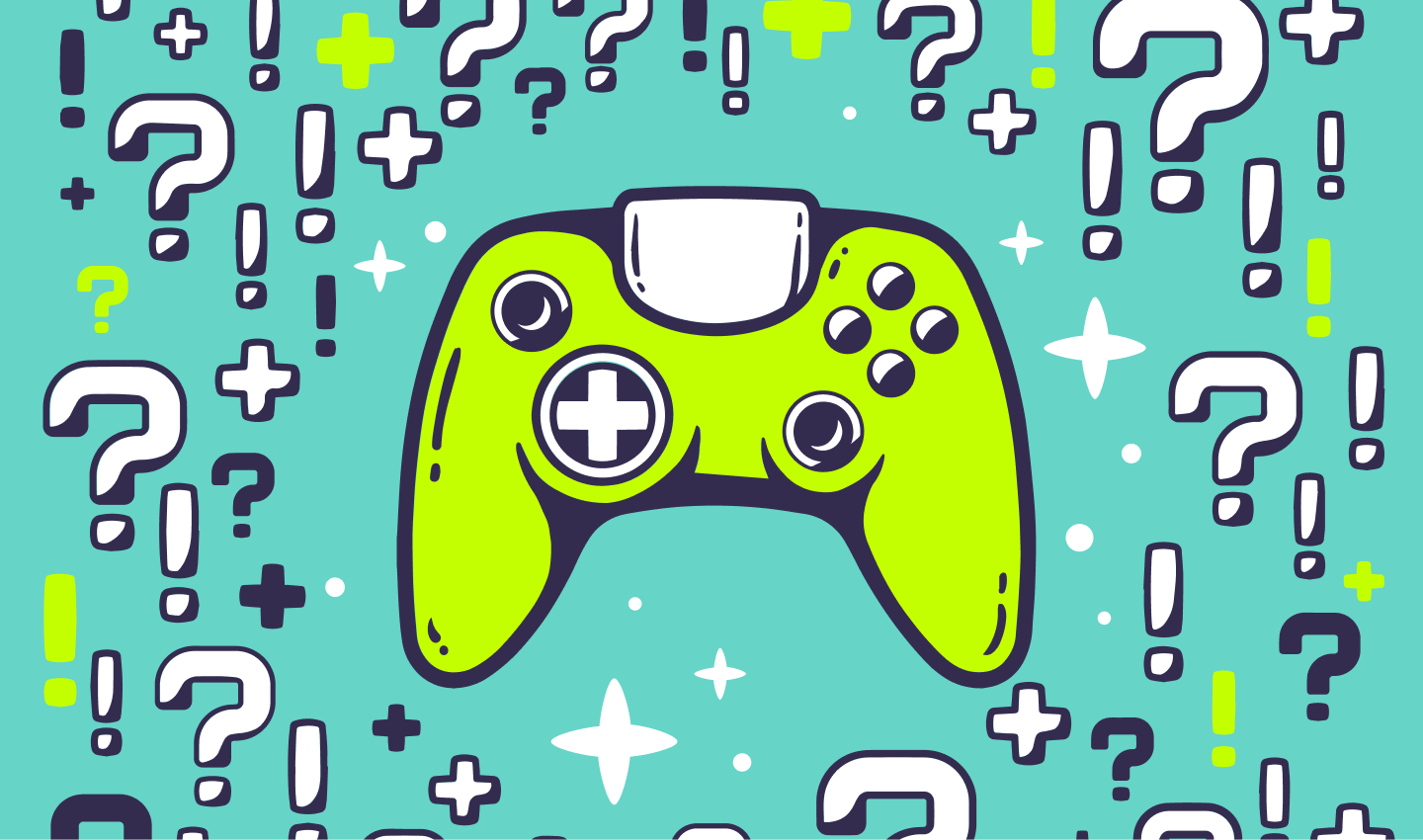
8 Ways You Can Use Gamification In Your Design
You will inevitably experience gamification at some point in your life.
Gamification incorporates the fun and engaging elements found in games and applies them to a product or experience. It taps into some of our most primitive instincts as human beings, making the experience all the more immersive.
Gamification guru Yu-kai Chou developed the 8 Pillar Octalysis framework. This framework analyses the forces that drive human motivation and displays how these elements can be harnessed to build engaging and rewarding experiences for a user.
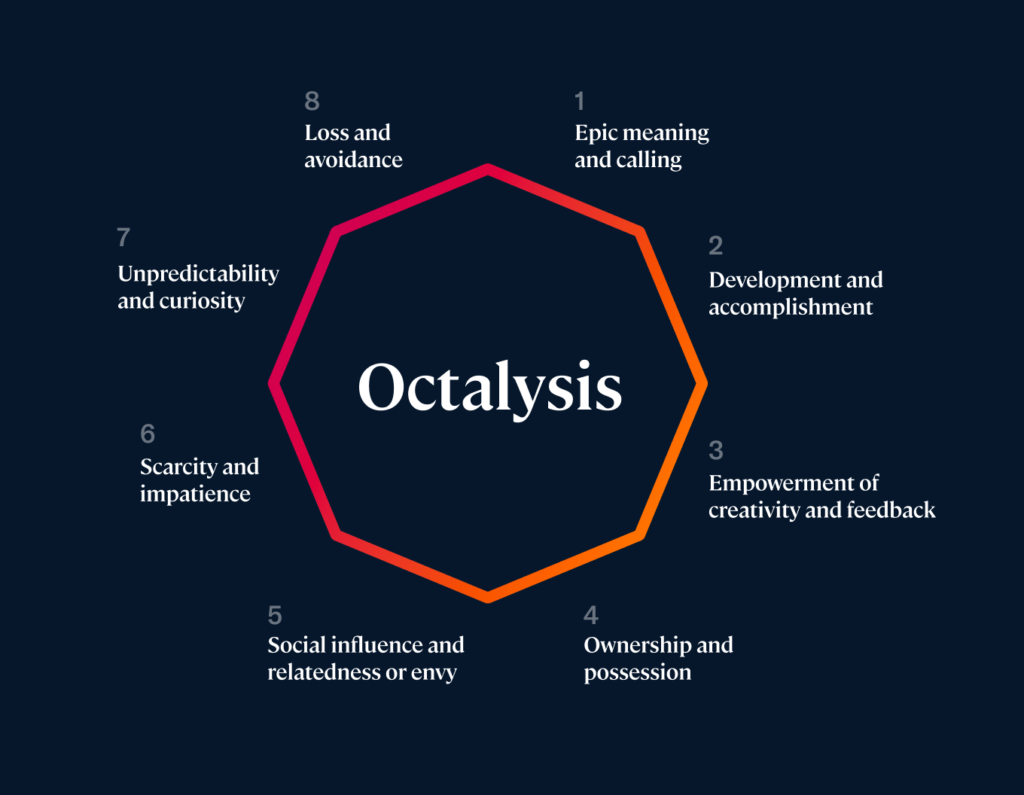
Table of Contents
1. Epic meaning and calling
This is when a user feels like they are contributing towards something greater than themselves. This can include examples such as communities like Quora, Behance, Dribbble, Reddit or any general question / sharing platforms. Users can freely share their knowledge or creations, leading to that warm, fuzzy feeling of self-worth and community contribution.
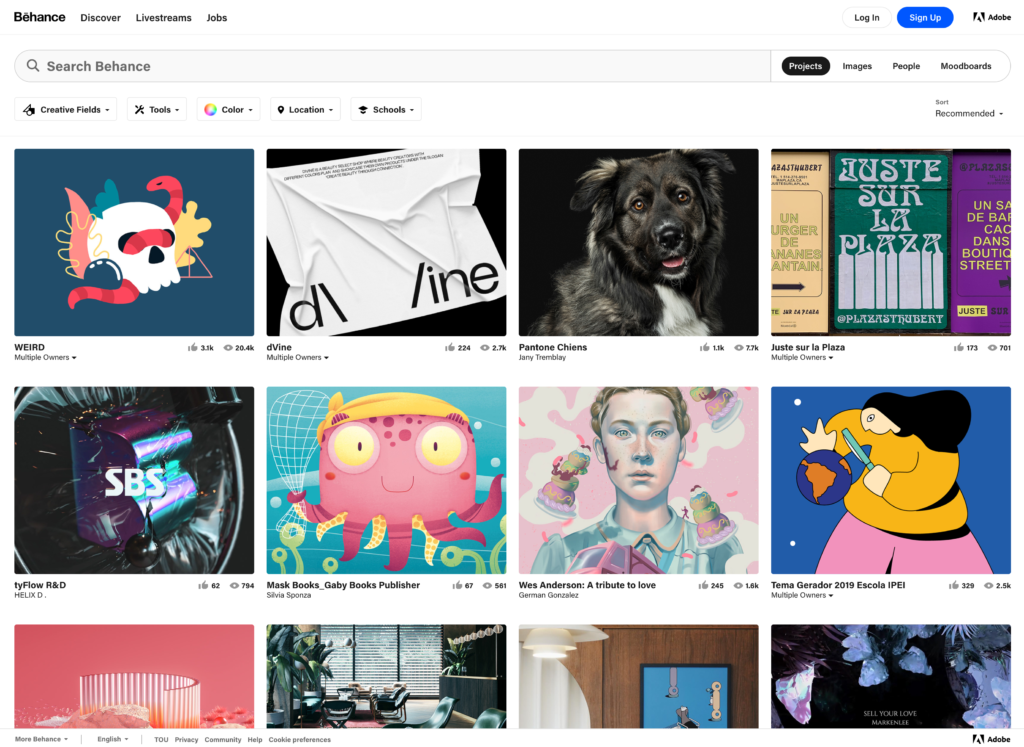
2. Development and accomplishment
How great is the feeling of accomplishment when making some progress, overcoming hurdles or challenges? The sense of getting closer to your goal and achieving it, can be provided by breaking the challenge into stages and displaying your progress (points, gems, levels and more.) Plenty of mobile games incorporate this, but they are also common in fitness apps (e.g. Fitbit) and apps like Goodreads, where you can track your reading goal progress for the year. Badges and leaderboards also originate from this core drive, with a prime example being Duolingo, where you battle it out to win badges and climb up the leaderboard, all while learning a new language!
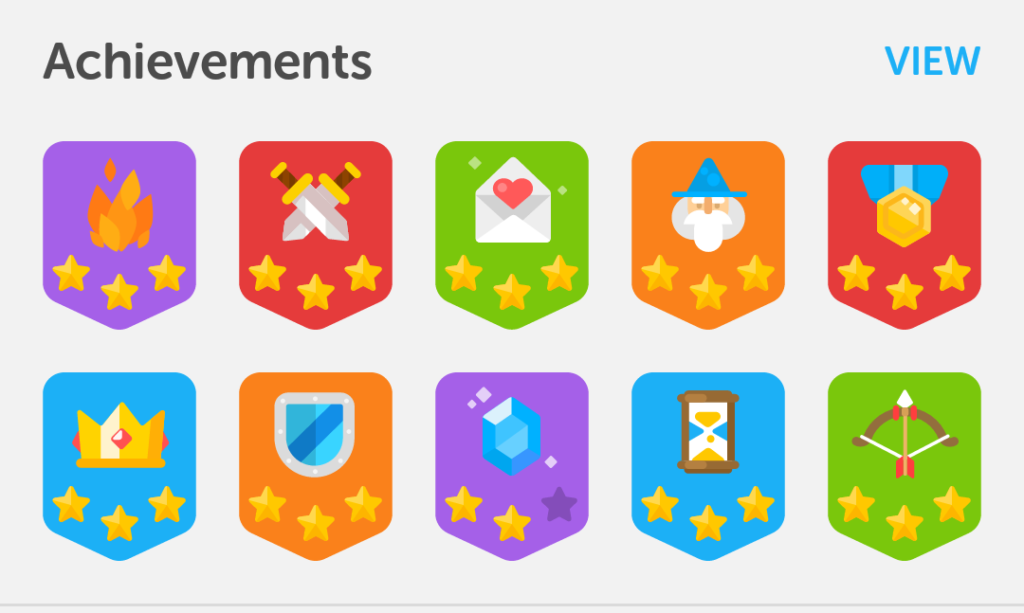
3. Empowerment of creativity and feedback
Yu-kai Chou compares this to building Lego blocks. A user is engaged in a creative process where they have to try different combinations. Users can then receive the feedback they crave, and be provided with the result of their creativity. An example of this would be Foldit, an online game that poses protein-folding puzzles. Participants provided insights that solved the structure of an enzyme involved in reproduction of HIV.
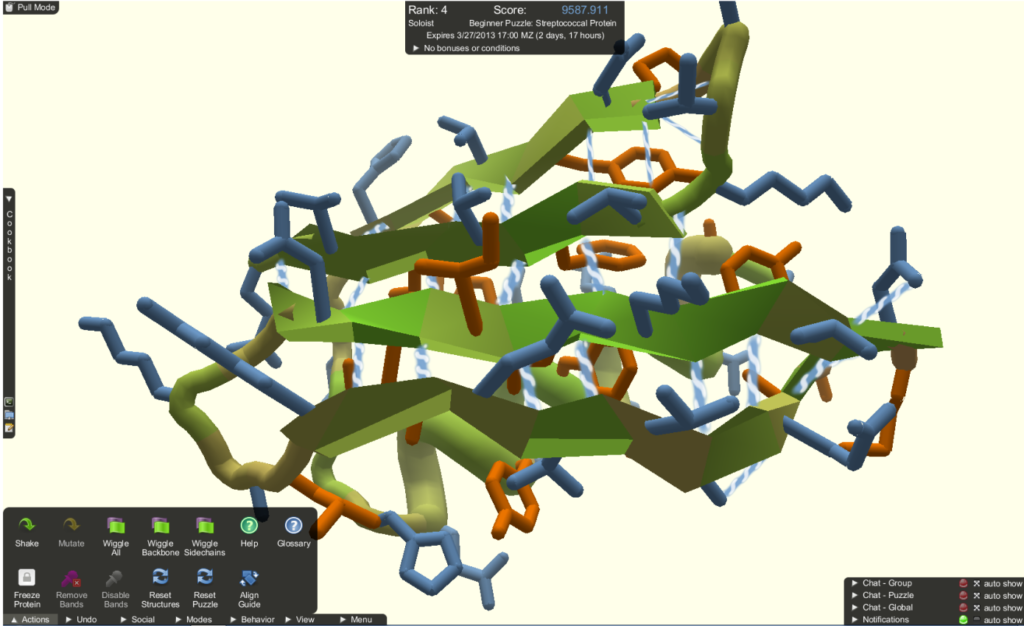
4. Ownership and possession
Humans have an innate desire to own something. On top of this, once we own something, we want to make it better or own even more. We like to feel proud of what we own. As a core drive in wanting to build our wealth, it can also be utilised in a lot of virtual currencies and products. Examples include customising your avatar, with users spending a lot of time (and in some cases money) on this redesign so that they feel more ownership or pride in their digital persona.
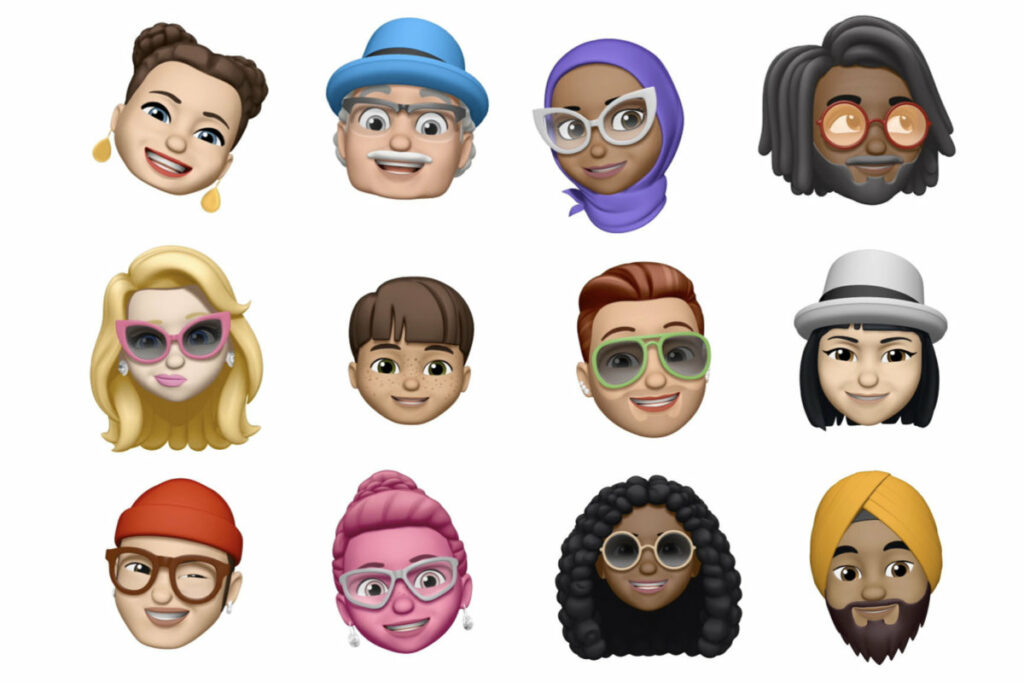
5. Social influence and relatedness
This is one that we’ve all either read about or experienced. Social influence and relatedness can include positive social elements such as acceptance, companionship and mentorship. However, it can also bring out negative aspects such as competition, comparison, judgement and envy. Common platforms that utilise this include social media, in particular influencers, and also fitness apps such as Nike Run Club. When you see someone excelling at a particular skill it can of course create a sense of envy, but ideally this will develop into motivation to excel too (what the platform wants.) If you saw that a friend completed a 4km run this morning, there’s a high chance you’ll feel more inclined to do the same. Likewise with social media, if a page posts a particular item of clothing, viewers are more likely to look into that product.

6. Scarcity and impatience
We always want what we can’t have. When products are promoted as exclusive or invite only, we feel left out and end up wanting to join even more than we did before. The same goes for “nearly” out of stock / limited items. We feel the pressure or urge to obtain an item before it’s too late. Amazon is great at this. When they display products for sale, a bit of text will usually appear stating oh-so-dramatically “Only 5 left in stock!” Many other ecommerce sites do this too, utilising the appearance of scarcity to fuel our primitive fear of missing out.
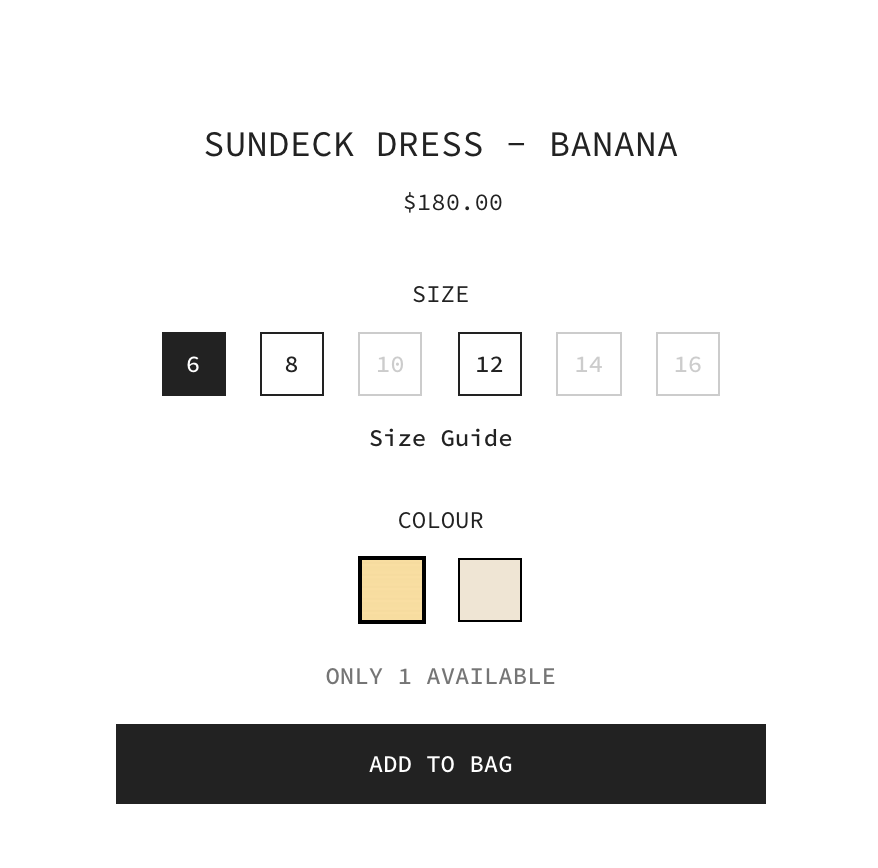
7. Unpredictability and curiosity
A drive that fuels our love for movies, books and TV shows. It’s the desire to find out what happens next. The unknown can truly be quite addictive. It has its harmless examples, but it can also be incredibly detrimental when utilised through areas such as the gambling industry. Variable prizes motivate a player to move forward and seek new rewards in an effort to satisfy their curiosity.
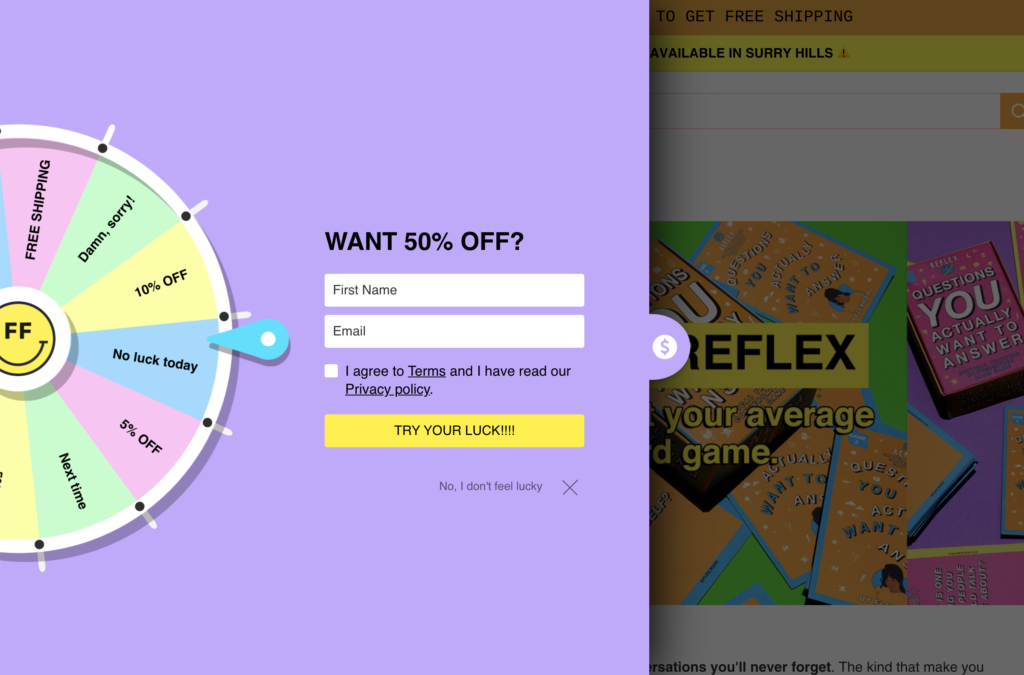
8. Loss and avoidance
We tend to take action in order to avoid any loss. It’s the fear of losing progress, or status. Products utilise this particular drive to keep users coming back in order to avoid such losses. A prime example is Snapchat, where you can gain a snapchat streak when you chat to someone for x consecutive days. People will make sure they keep their streak up and fear when they might lose it.

Wrap up
As you can see, and have probably witnessed first-hand, the more effective examples of gamification are often the most discreet. There are plenty of instances where gamification is utilised in tools and programs that we engage with on a daily basis without even realising it!
Take your company to the next level and get results with our world class user experience, interface design and implementation.
Get a FREE 30 min Strategy Session

Related posts
Elevating User Experiences: How AI-Infused Design Systems Revolutionize UX
In the ever-evolving landscape of design, where user experience reigns supreme, a remarkable transformation is taking place at the intersection […]
iOS 18 UX Review: An In-Depth Look at Apple’s Latest Update
Apple’s introduction of iOS 18 has created significant excitement, and it’s easy to understand why. The latest version of the […]
How to Conduct a UX Audit
A User Experience Design Audit is just one of the ways to identify the imperfect areas that may lack usability […]
Creative product design that gets results
Take your company to the next level with world class user experience and interface design.
get a free strategy session
